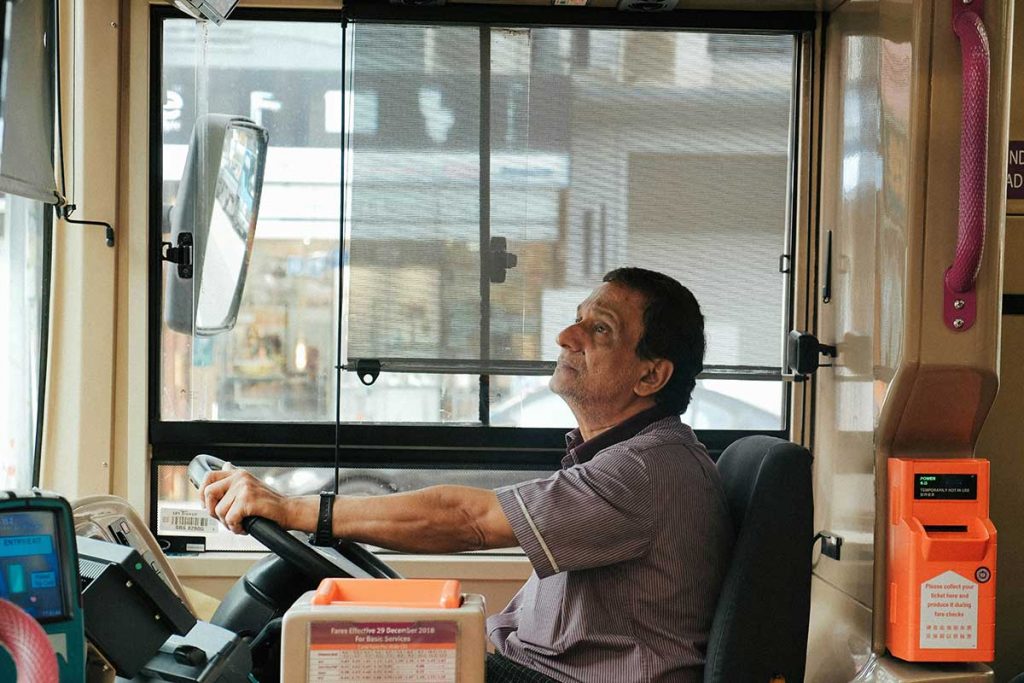Table of Contents
The CDC research found that nearly 20% of all workplace injuries and illnesses involve back injuries. Back pain is one of the primary reasons people seek emergency or primary care physician help. In the workplace, severe back pain may develop due to factors such as traumatic injury, degeneration of musculoskeletal structures resulting from long-term overexertion, referred pain from an injury outside the spine or back muscles, and poor posture. Some occupations are riskier than others. There are occupations with high back injury rates, such as construction and nursing, because they involve a lot of heavy lifting and repetitive movements.
Jobs That Cause Back Pain
The high-risk occupations for back injuries share a commonality. They all require movements or positions that place an unusual strain on the spine or back muscles. The movements could be heavy lifting, twisting, awkward positions, or repetitive motions. Back pain can also develop due to prolonged sitting or standing, especially if poor posture is used. Back pain may be due to a strained muscle or sprained ligament that can heal quickly with home treatments, but work-related back pain is often caused by something more serious.
The following are 11 jobs that damage your back unless you take precautions to protect your spine and the back’s muscles, tendons, and ligaments that protect the spine.
1. Construction
Construction workers have job duties that require physically demanding work and awkward positions, including heavy lifting, operating heavy equipment that jars the body, manual labor such as shoveling, and working in tight spaces, as is often the case in electrical and plumbing work. As a result, the construction industry has one of the highest rates of work-related back pain. Research has found that nearly 80% of the postures required of construction workers are detrimental to the back and frequently lead to lower back pain.
2. Healthcare workers
Nurses, nurse aides, and caregivers do a lot of heavy lifting. For example, they must frequently transfer patients from beds to wheelchairs and lift them from the wheelchair to the treatment room table. The awkward positions required, combined with extended periods of standing during long work hours, contribute to back injuries. A research study found that patient care duties, combined with the hours spent standing and walking, account for 80% of lumbar compression events.
3. Warehouse workers
Warehouse workers do a lot of heavy lifting, bending, and twisting. They stock shelves, separate inventory, pack boxes, and load trucks, among other duties. In one study, 24% of young warehouse workers experienced back pain. As people age, the risk of experiencing a back injury increases.
4. Landscapers and Gardeners
As much as 86.5% of landscapers and gardeners experience work-related musculoskeletal problems, and 20% of those injuries are in the lower back. This is due to the physical demands of the work and various awkward movements that strain muscles, ligaments, cartilage, tendons, and nerves.
5. Office workers
Low back and neck pain are common among office workers. Studies have found that 31% to 51% of office workers experience low back pain, and 27% said the pain became chronic. Office workers often sit for extended periods, and many fail to maintain proper posture or adhere to ergonomic principles.

6. Hairstylists
Hairstylists must stand most of their workday and do a lot of bending and twisting. A research study found that 39.8% of these professionals experience lower back pain, and 38.8% experience upper back pain. The longer a hairstylist’s working hours, the greater the risk of experiencing a musculoskeletal disorder.
7. Auto mechanics
Auto mechanics bend over engines, twist to reach various auto parts, arch their backs to get better positioned, lie on their backs to work on undercarriages, and move heavy equipment. This profession has a high rate of work-related musculoskeletal symptoms, including low back pain, which interferes with their ability to do their job.
8. Dentists and dental hygienists
Two professions commonly linked to chronic back pain are found in the dental industry. A review of studies found that 56.4% of dentists and dental hygienists experience lower back pain, and 41.1% experience upper back pain. This is due to holding awkward, static positions and standing for extended periods.
9. Drivers
Another review of studies involving professional drivers found that 53% experienced lower back pain. The factors contributing to the back pain included being over 41 years old, sleeping less than six hours each night, uncomfortable seating, poor posture, manual handling, lack of back support, and working over 10 hours each day.

10. Professional housekeepers
Professional housekeepers have a physically demanding job requiring lifting heavy objects, like furniture and mattresses, twisting, pushing loaded supply carts, bending, and overstretching. In multiple surveys, over half of housekeepers and cleaners experience back pain.
11. Industrial workers
Most industrial workers are at risk of a back injury and pain. Production workers often maintain an awkward posture while sitting or standing. They typically maintain a standing position for extended periods and also lift heavy objects or equipment. OSHA reported 326,400 injuries among U.S. manufacturing employees. The CDC’s National Institute for Occupational Safety and Health (NIOSH) says that manufacturing is among the occupations with high rates of low back injuries. Approximately half of low back pain is attributed to employees performing manual materials handling tasks, which include lifting, pushing, pulling, carrying, twisting the body’s trunk, bending, and falling.
Every Job Creates a Risk for Back Pain
The 11 jobs mentioned are those associated with chronic back pain. Numerous studies have documented that typical jobs often lead to back problems, but almost every job presents some risk. Customer service representatives sit for long periods. Farm workers do heavy lifting, repetitive tasks, and operate machinery. Retail workers stand at checkout counters for long hours and do frequent bending and lifting to stock shelves. Airline baggage professionals lift heavy luggage for hours.
The list could go on. The key to avoiding acute or chronic back pain is to learn the proper techniques for performing work duties, maintain correct posture whether sitting or standing, take regular breaks, use ergonomic equipment and tools, and keep core muscles strong through regular exercise.
If back pain persists for more than one to two weeks and home treatments are ineffective, it is important to consult a pain specialist. If symptoms such as fever or numbness develop at any point after pain begins, it is likely a serious injury. Persistent pain left untreated can lead to chronic pain.
Sources
- https://www.cdc.gov/niosh/docs/94-127/default.html
- https://www.ncbi.nlm.nih.gov/books/NBK538173/
- https://pmc.ncbi.nlm.nih.gov/articles/PMC8168885/
- https://www.ncbi.nlm.nih.gov/books/NBK519066/
- https://pmc.ncbi.nlm.nih.gov/articles/PMC8380128/
- https://pmc.ncbi.nlm.nih.gov/articles/PMC8380128/
- https://pmc.ncbi.nlm.nih.gov/articles/PMC9128793/
- https://pmc.ncbi.nlm.nih.gov/articles/PMC7883474/
- https://academic.oup.com/occmed/article-abstract/46/6/407/1481710?redirectedFrom=PDF
- https://pmc.ncbi.nlm.nih.gov/articles/PMC6298693/
- https://pmc.ncbi.nlm.nih.gov/articles/PMC11382477/
- https://pmc.ncbi.nlm.nih.gov/articles/PMC9690637/
- https://www.bls.gov/news.release/pdf/osh.pdf
- https://www.cdc.gov/niosh/engcontrols/ecd/detail25.html
